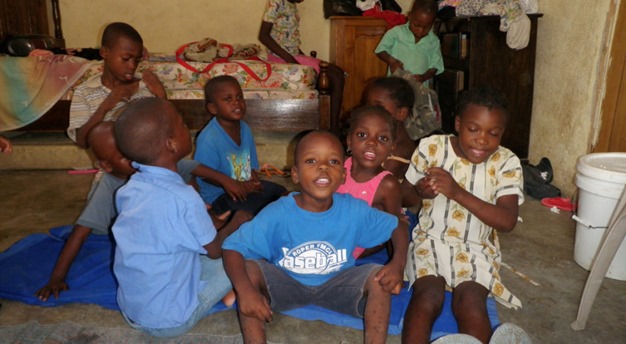Source: http://www.brownpoliticalreview.org
By Alexa Clark
Year-long waits, onerous assessments, and disappointment—prospective adopters in developed countries have a lot to deal with when trying to adopt a child. The scarcity of adoptable children and rigor of the adoption processes in developed countries drive prospective adopters abroad in the hope of finding children to join their families. Due to the prevalence of disease, poverty, and abandonment as well as fledgling social safety nets, less developed countries often have many children in state care that are in pressing need of adoption. In the latter half of the 20th century, many of these countries welcomed international adoption. Under that system, children were matched with more affluent parents who could provide better lives for them than could be expected in the state system, and overcrowded state children’s homes were relieved of the difficulty of caring beyond their capacities.
While international adoption is an ideal solution for both the overcrowding of state childcare systems in developing countries and the difficulties of adopting children in developed ones, it’s currently on the decline. Intercountry adoption fell by 64 percent between 2004 and 2013 in the top 10 adopting countries, indicating a seismic shift away from the practice of adopting children abroad. While modest gains in health and income mean fewer children are orphaned and abandoned, these factors alone do not explain the huge shift away from intercountry adoption. Rather, the decline is the result of an international law that tightens the regulatory barriers to intercountry adoption, decreasing its attractiveness to prospective adopters and increasing negative sentiments towards international adoption in countries where it used to be common.
Continue reading.
By Alexa Clark
Year-long waits, onerous assessments, and disappointment—prospective adopters in developed countries have a lot to deal with when trying to adopt a child. The scarcity of adoptable children and rigor of the adoption processes in developed countries drive prospective adopters abroad in the hope of finding children to join their families. Due to the prevalence of disease, poverty, and abandonment as well as fledgling social safety nets, less developed countries often have many children in state care that are in pressing need of adoption. In the latter half of the 20th century, many of these countries welcomed international adoption. Under that system, children were matched with more affluent parents who could provide better lives for them than could be expected in the state system, and overcrowded state children’s homes were relieved of the difficulty of caring beyond their capacities.
While international adoption is an ideal solution for both the overcrowding of state childcare systems in developing countries and the difficulties of adopting children in developed ones, it’s currently on the decline. Intercountry adoption fell by 64 percent between 2004 and 2013 in the top 10 adopting countries, indicating a seismic shift away from the practice of adopting children abroad. While modest gains in health and income mean fewer children are orphaned and abandoned, these factors alone do not explain the huge shift away from intercountry adoption. Rather, the decline is the result of an international law that tightens the regulatory barriers to intercountry adoption, decreasing its attractiveness to prospective adopters and increasing negative sentiments towards international adoption in countries where it used to be common.
Continue reading.

No comments:
Post a Comment